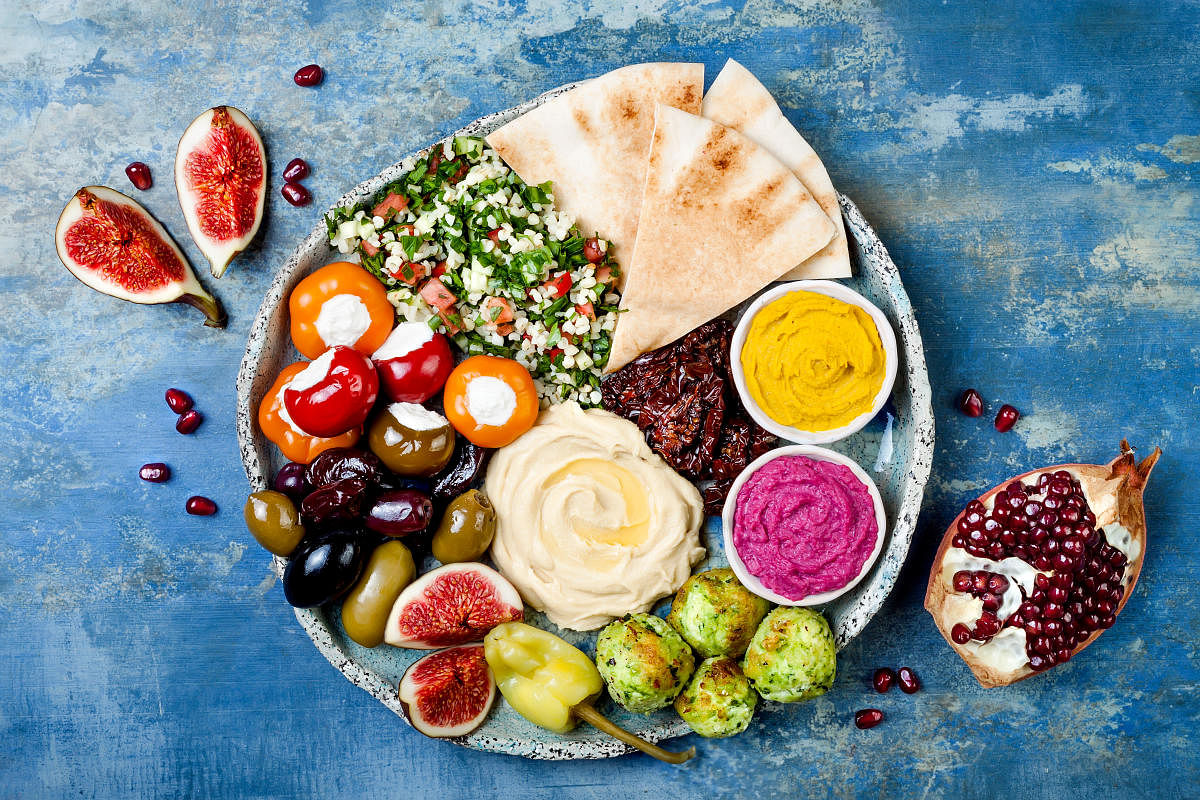
On a pre-pandemic evening, unexpected cyclonic weather hit Hong Kong’s Victoria Harbour promenade. We darted across the Salisbury boulevard, like many, with heart in mouth. If this weather sent shivers down the spine, how was it for the old-timers on the antique Silk Road? There are several accounts to tell us this.
The German, Ferdinand von Richthofen, in 1877, coined the term, Seidenstrasse, or Silk Road. The reference was to the famous commodity and the connection of markets and minds that linked Rome with Han dynasty China (206 BCE-220 CE). That network cut through Bukhara, Samarkand/Central Asia, Iraq/Persia, Afghanistan, Taxila/Western Himalaya/India, and lands that included the Gobi. The danger-laden geography often had nature’s brutal erratic weather.
None of that stopped the light and dark-skinned travellers, sages and polyglot scholars, merchants, and the dust-laden camel caravans on it. Or the globalised trade. Asiatic commodities — tea, gunpowder, porcelain, Chinese silk to dress ‘Roman royalty, wealthy patrons,’ and sack-loads of dry, aromatic Indian spices, herbs trudged westwards. From the Old World, wool, glassware, gold, gemstones, manufactured goods hit the oriental trail. Along with the tangibles, there was exciting two-way traffic of ideas, technologies and philosophies.
Food merchandise moved in both directions. Fragrant, flavour-enhancing herbs and spices (salt, nutmeg, sage, thyme, coriander, cardamom, bay leaf, mint, chives, rose leaves), fruits (figs, dates, cherries, apples, apricots, pistachios, persimmons, grapes), and aggregated agro-produce — onion, garlic, cumin, ginger, veggies, rice, grains.
For the weary men, the long exhausting journey had its heartening moments. It was the sights of water or fresh produce from the earth, stalk, vine and branch, or field sheep, goats, or fresh groceries, meat, and milk.
At such ops, they and fellow travellers gathered around campfires. In the desolate setting, the fire deterred predators, insects and promoted kinship. The light, warmth, and exposure to ethnic diversity, cuisines of other regions made for a cheery multicultural collaborative platform. That hub of learning and the craft of food that went with it fashioned an inter-continental gastro culture that mutated and spread far and wide.
Italy’s antipasti, Spain’s tapas, Mediterranean-inspired salads and falafel, Lebanese soft flatbread manakish, Middle Eastern mezze, Palestinian mussakhan, Persian sanbosag or samosa, India’s aloo-paratha, kababs, Uyghur/Kashgar’s pastries, China’s manti, dim sum, bread made on the tandoor and such that we have today, have linkages to the ancient trail.
As luck would have it, that typhoon evening gave us a chance to taste some of that cuisine.
The hi-rise Tsim Sha Tsui restaurant that we ducked into whisked us into a bygone era’s ‘comfort inn’. Overhead lamps throwing diffused lighting, faux rustic, red-gold interior, circular archways, ornate wooden doors, bamboo decor, water streaming over tiny rocks as soft, airy notes of lutes played in the background.
It was a setting that boasted of an authentic recreation of the ancient trail cuisine. Dishes ‘culled from the labyrinth of old alleys of Shaanxi, Gansu, and Qinghai provinces. Fare ‘artfully captured’ from Peking’s royal traditions blended with the Mediterranean and Central Asian ideas for ‘the rugged nomad, trader, traveller’ and Buddhist monks and elite businessmen.
The family ordered tea-smoked tofu with carrot and wild mushrooms, ginger kai-lan, aromatic duck with scallion, cucumber and pancakes, crispy lava dumplings with egg yolk sauce, ma la chilli shrimp…
At a nearby counter, a chef caught my eye. He was demonstrating the art of hand-stretched noodles. He pulled, swung lumps of dough into strands of scraggly, noodles. The item came to our table — boiled, in a large bowl of stew of cai, diced veggies and meat along with hot chilli oil, and seasonings. "Amazing! cried the daughter from Milan, "this is like piquant Italian pappardelle."
"Curiously, noodles — commonly linked to Italy, China and Japan, actually is Persian in origin" explained the chef, "Culinary history has it that pasta was introduced by the Zoroastrians on the silk trade."
"In the centuries of global food exchange," continued the smiling man, looking at me, "India gifted diners, the age-old long grain rice. Imagine the world without this rice for pilaf!" I took a respectful look at the basmati in my bowl. It was topped by spiced bamboo clams and cai, steeped in rose-wine, leeks, coriander. Produce of northwest India, it probably boarded the trail somewhere in Leh.
Post dinner that night the typhoon signals were lowered. The drizzle continued. Dazzling neon lights bounced off the harbour’s water. A jet streaked overhead. We were back in the present. The antiquity of Seidenstrasse, its stormy weather or caravan inn, and now the famous cuisine were no longer a vague historic abstraction.